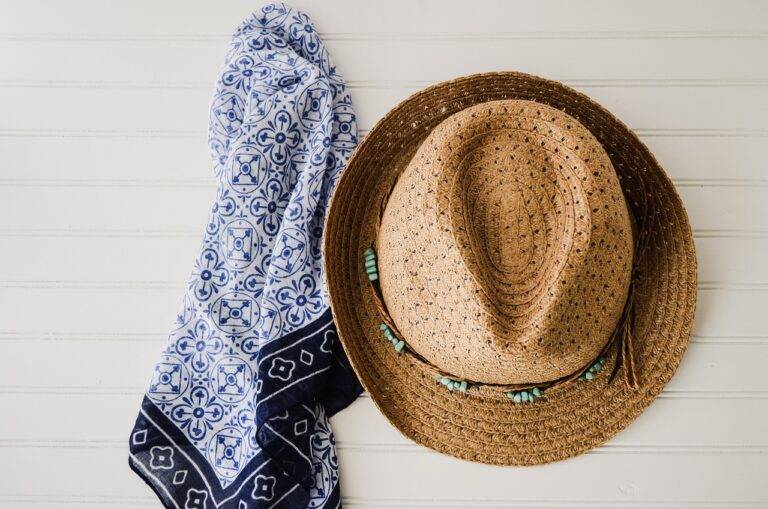The Art of Tea Ceremony: Finding Tranquility in Every Cup
The roots of the tea ceremony trace back to ancient China, where tea was first consumed for its medicinal properties during the Shang dynasty. As the cultivation and consumption of tea spread to different regions and social classes, the practice evolved into a ceremonious event, encompassing principles of harmony, respect, purity, and tranquility.
The Zen Buddhist monk, Eisai, played a pivotal role in popularizing the tea ceremony in Japan during the 12th century. He emphasized the spiritual and meditative aspects of drinking tea, which laid the foundation for the development of the renowned Japanese tea ceremony. Through centuries of refinement and cultural influences, the tea ceremony has become a cherished tradition, embodying grace, mindfulness, and the appreciation of simple pleasures.
The Ritual of Preparing Tea
The process of preparing tea is a cherished tradition that involves meticulous attention to detail and a deep respect for the ancient art form. It begins with selecting the finest tea leaves, followed by the precise measurement of water and the heating of the tea utensils. Each step is carried out with utmost care and precision, reflecting the dedication and discipline required to perform this ritual.
Once the tea leaves are carefully placed in the teapot, hot water is poured over them in a slow, steady stream. The teas leaves unfurl and release their rich aroma, creating a sensory experience that is captivating and meditative. As the tea steeps, the practitioner focuses on the present moment, appreciating the beauty and tranquility of this timeless ritual.
What is the tea ceremony?
The tea ceremony is a ritualistic practice involving the preparation and serving of tea, typically in a traditional setting.
What are the origins of the tea ceremony?
The tea ceremony originated in China and later spread to Japan and other parts of Asia. It has deep cultural and spiritual significance in these regions.
What is the purpose of the tea ceremony?
The tea ceremony is often seen as a way to promote mindfulness, tranquility, and connection with others. It is also a way to appreciate the beauty of nature and the art of tea making.
What are some key elements of the tea ceremony?
Some key elements of the tea ceremony include the preparation of the tea, the serving of the tea, and the interaction between the host and the guests. There is also often a focus on the aesthetics of the tea utensils and the surroundings.
How long does a typical tea ceremony last?
The length of a tea ceremony can vary depending on the specific tradition and setting. Some ceremonies may last only a few minutes, while others can go on for hours. It is important to follow the pace and customs of the specific ceremony being attended.





